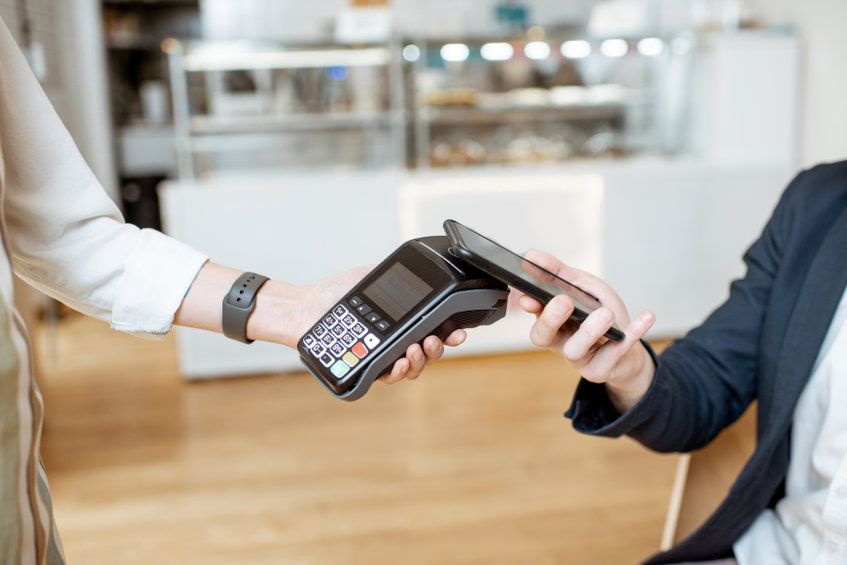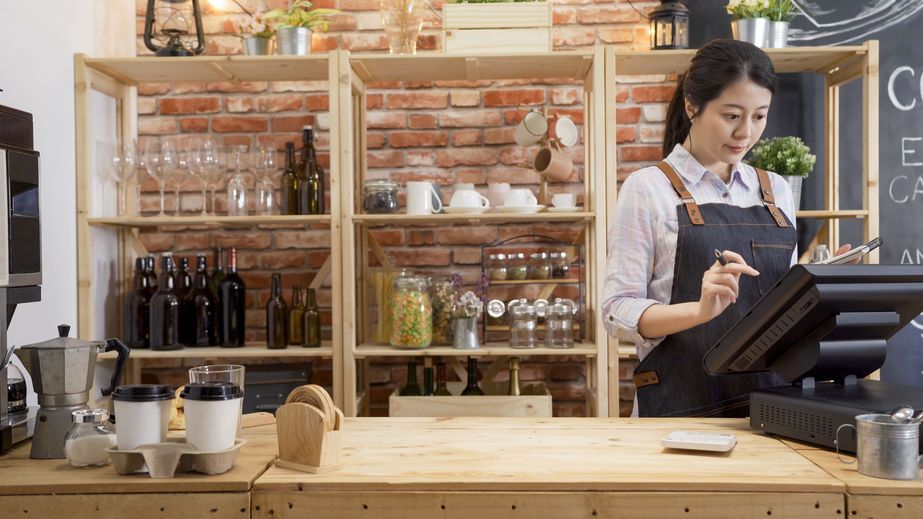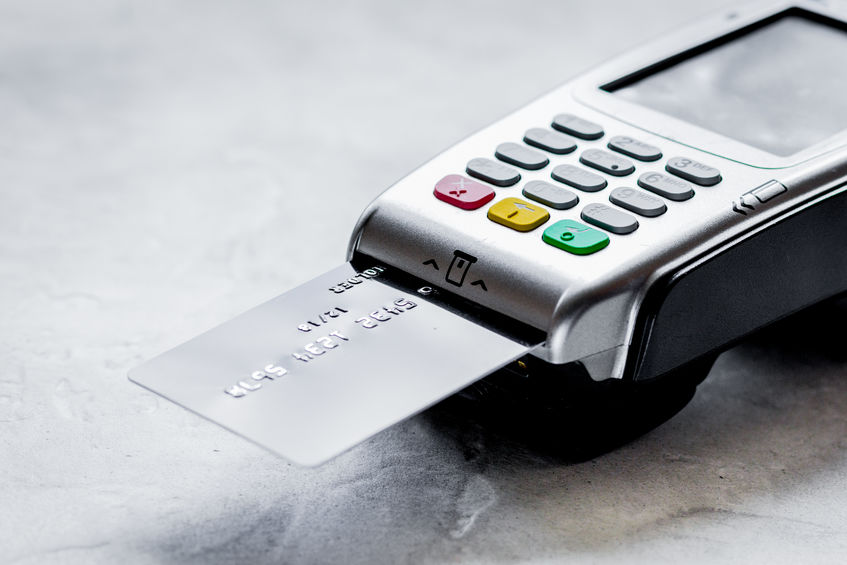New Trends in EMV Payments
The past few years have seen a sea of change in the payments industry and the role that EMV payment cards play in the lives of consumers. Worldwide health measures have changed the way we pay in-person, and, today, cash is no longer king – so much so that many consumers no longer carry any at all. Instead, contactless EMV payments are increasingly the norm, and widespread global adoption is having big impacts on everything from where people shop to how much they spend to the cost of acquiring raw cards for banks. And since we know the new shopping habits consumers learned during the pandemic are here to stay, the current trends in EMV payments are likely to continue for years to come, well after COVID-19 is just a memory.
Contactless EMV Payments Continue to Dominate
In late 2020, Mastercard found that 51% of Americans used contactless payment methods. By the time Raydiant released its State of Contactless Payments report in the summer of 2021, the number had risen to over 80%. The pandemic and the desire to find ways to minimize potential exposure to COVID-19 were obvious adoption drivers, but the availability of options was also an important factor, with digital wallets like Apple Pay and Google Pay providing consumers with more ways to tap.
In 2022 and beyond, adoption of both tap-to-pay cards and digital wallets continues to grow. On the merchant side, offering insert-only EMV terminals to customers is no longer good enough. The same report from Raydiant found that 57% of consumers said they were more likely to do business with merchants offering contactless payment options. That number will only grow as contactless continues to become the norm, making now the best time for merchants to upgrade their EMV terminals if they haven’t already.
Contactless EMV Spending Limits Continue to Rise
As contactless payments become more widely adopted, people often run into the issue of wanting to pay with a tap but being blocked by relatively low transaction limits. In the US and Canada, limits have always been left up to the banks but were traditionally capped out at $100. In Europe, pre-COVID limits were even lower.
Over the course of the global pandemic, the realization that consumers need wider contactless options has led to widespread increases in payment limits. In the U.S. and Canada, $250 is now the common standard. In the UK, contactless limits are now £100 as of 2021, and dozens of countries in Europe saw tight limits boosted as well. While further increases are possible in the coming years, there is a risk mitigation factor to be weighed, as tap payments are far more susceptible to fraud than pin-required payments. The ultimate question will be how much safety consumers and card companies are willing to trade for convenience.
There May be a Squeeze on Physical Payment Cards
The increased demand for contactless payments has been a global phenomenon, meaning demand for chip-enabled cards has also been growing both domestically and in markets around the world that have traditionally been slow adopters. Globally, the EMV payment card market is set to grow at 3.5% CAGR between now and 2026. At the same time, the pandemic has caused major supply chain disruptions impacting everything from production to import/export channels. Much like the “Great Coin Shortage” of 2022, banks may soon find themselves scrambling to maintain their inventory of physical cards. That may increase costs, but it could also increase the adoption of digital wallets, which can be loaded with contactless payment cards even if a physical copy isn’t readily available.
BAMS offers a full line of payment hardware to merchants looking to join the contactless revolution or expand the EMV-compliant contactless options they currently offer customers. BAMS merchants also get access to some of the lowest transaction fees in the industry, thanks to the BAMS interchange-plus pricing model – the most affordable and transparent fee structure available in the industry.
To find out more about how a BAMS merchant account can help your business slash your monthly fees and offer your customers the contactless payment solutions they demand, get started with a free five-point price comparison today.




